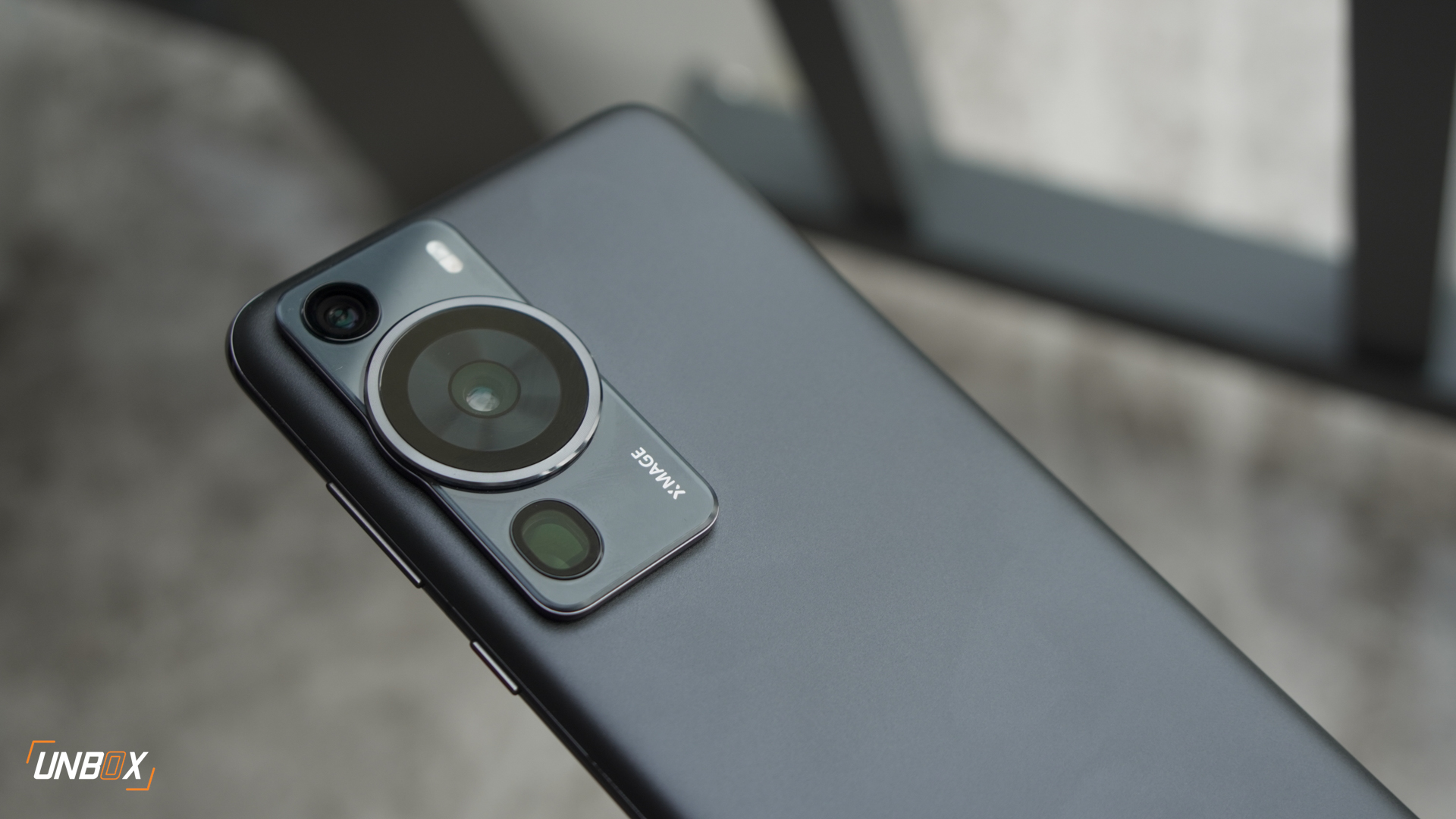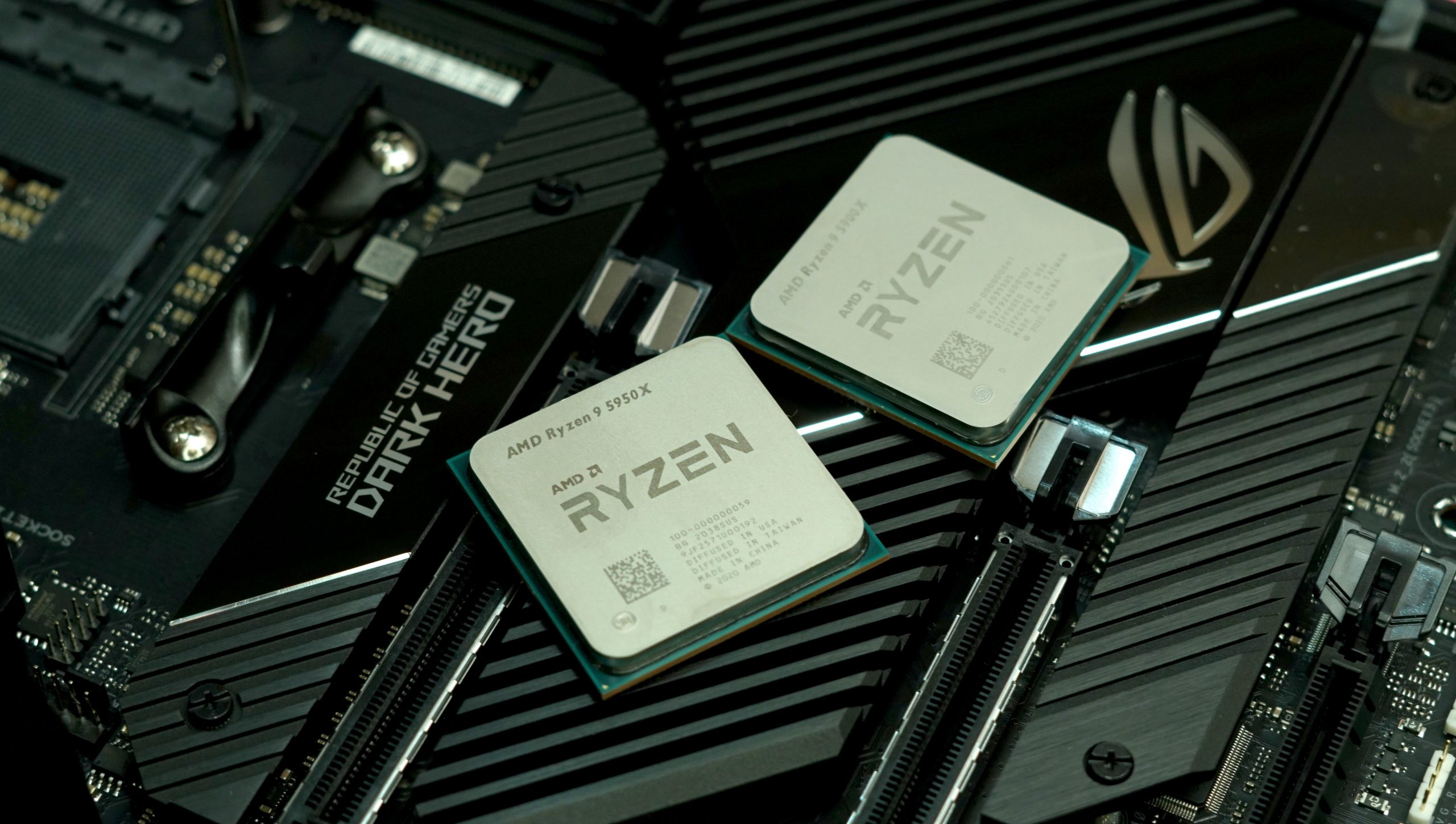
Verdict: The hype is real. The AMD Ryzen 9 5900X and 5950X are the gold standard for desktop processors in 2020, achieving massive uplifts in performance in almost every metric that counts. AMD’s long journey to finally topple their old foe Intel has culminated in processors that can do almost everything that Intel’s offering can but better, from mundane rendering tasks to the blue team’s last stronghold, gaming. If you were ever on the fence about going red this upgrade cycle, this is the best time to cross over.
The Ryzen 9 5900X retails for Php 30,250, while the Ryzen 9 5950X retails for Php 44,900.
Pros
- Incredible multi-threaded performance
- Works with 400 and 500 Series motherboards with a BIOS update
- Double-digit gains in gaming performance from the previous generation
- Consumes the same amount of power as the previous generation
Cons
- No bundled cooler in the package
- More expensive than the previous generation of chips
AMD proudly proclaimed that its new batch of processors, based on their new Zen 3 architecture, would be the world’s best gaming CPU. That’s a big claim, especially since Intel has held the crown for the best gaming processor for years now. While AMD’s previous crop of chips was great for multi-threaded applications, Intel still had the lead over the use case that many people cared about: gaming.
That’s changed today. AMD’s new Ryzen 9 5900X and Ryzen 9 5950X based on their new Zen 3 architecture absolutely demolishes whatever lead Intel had in the last metric they clung onto, which makes recommending either easy for anyone looking to build the best gaming machine possible in 2020.
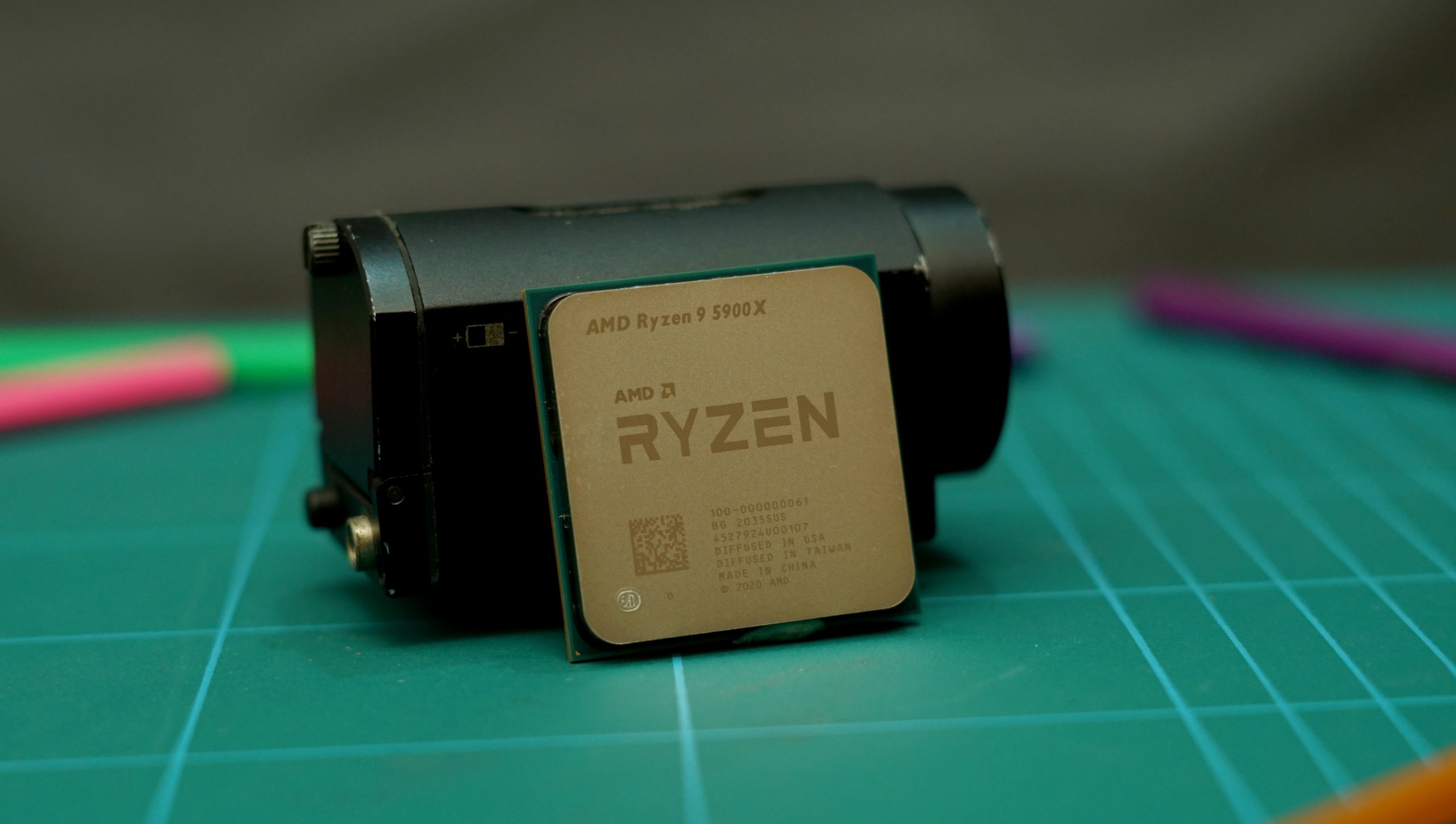
Design and architecture
While AMD builds its 5000 series of chips on a 7nm lithography, Zen 3 was a ground-up redesign, with AMD basically improving on almost every area of the core.
We’re not going to go into a deep dive into the processor technology, but one of the biggest reasons why AMD’s new crop of processors is how it’s laid out. Much of the performance improvements that Zen 3 is able to achieve is made possible by their new cache topology and core layout.
A Zen 2 processor that had eight cores had two, four core chunks laid out in the die with the L3 Cache situated in between, which introduced latency when one four core chunk had to communicate with another. The four core chunk also only had direct access to 16MB of the 32MB of L3 Cache.
Zen 3 is made in a way that all cores are together, which means less latency for the cores when they communicate with each other, as well as access to more of the L3 cache since they’re no longer segmented. That means every single core has access to all of the L3 cache.
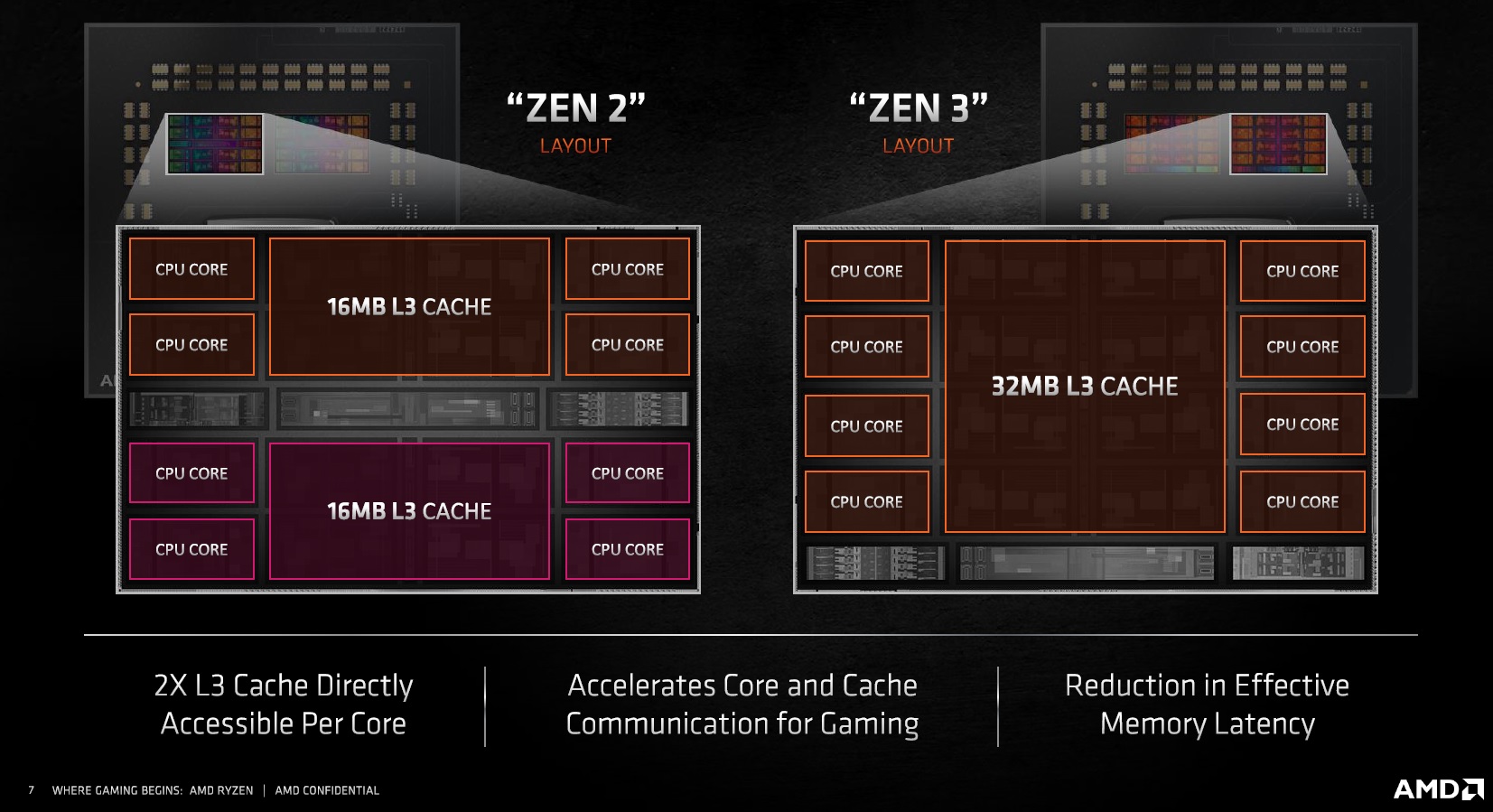
Reduced latency makes for better performance for gaming and other latency-sensitive tasks, which traditionally has been AMD’s Achilles’ heel in the last generation. That problem is now gone with Zen 3, as you’ll see in the benchmarks later on.
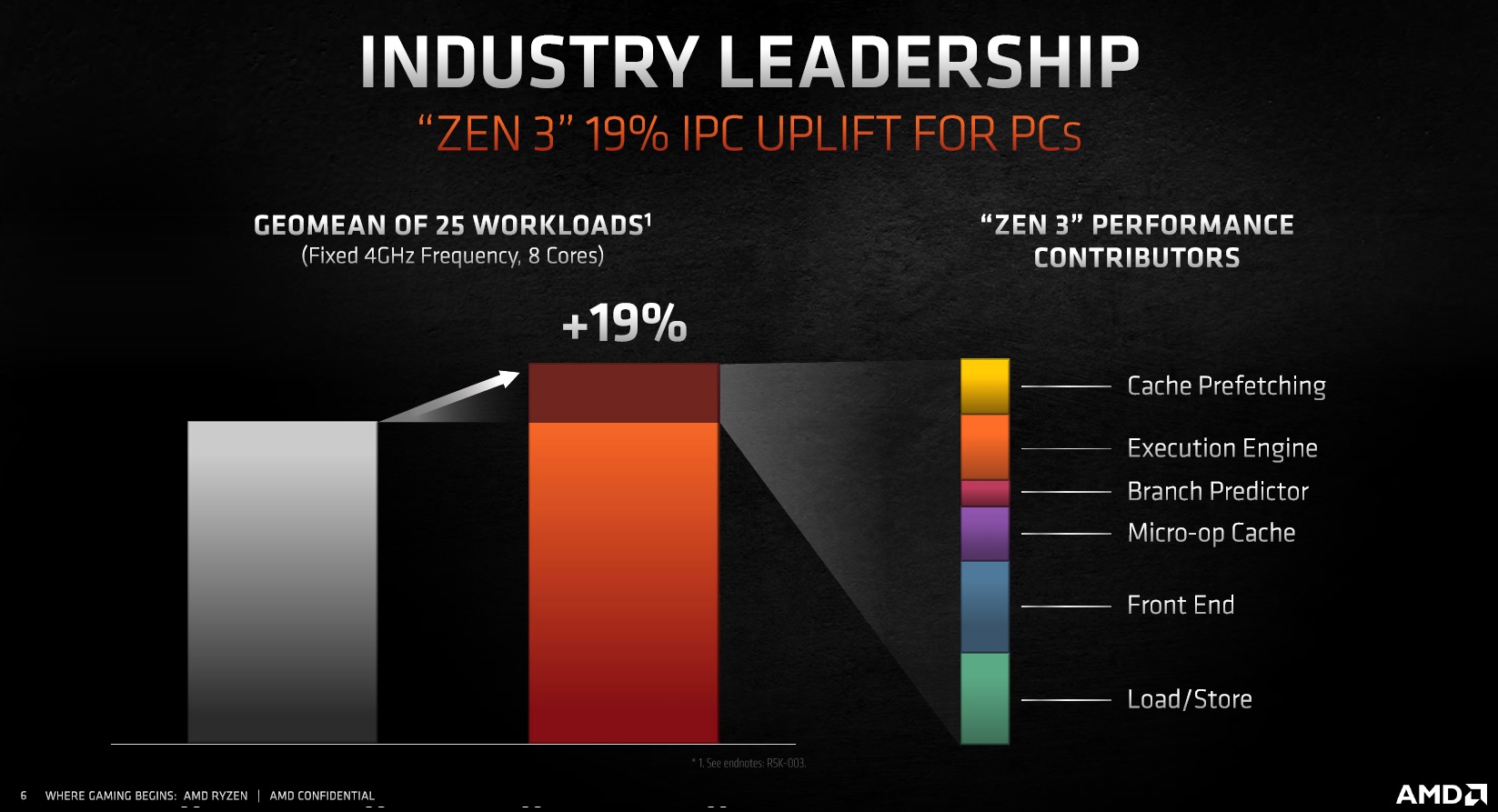
Because of the re-design and other improvements, the company is promising a 19% improvement for Instructions Per Cycle over the previous generation. That’s a hefty promise, especially considering the performance that the 3900X and the 3950X already provide, but from our experience in our review, AMD’s claims are justified.
Take note that AMD is doing all of this without increasing power draw, with both the Ryzen 9 5900X and the Ryzen 5950X having 105W TDPs.
What’s even better is that the new Ryzen 5000 series of chips will work on a wide variety of existing AM4 motherboards with a simple BIOS update, though the updates will first arrive for X570 and B550 motherboards, with updates to B450 and X470 coming at a later date. Board partners like ASUS are also already working on updating their current lineups out of the box with Ryzen 5000 support, and new X570 boards like the ROG Crosshair VIII Dark Hero we used in this review will already be compatible out of the box.
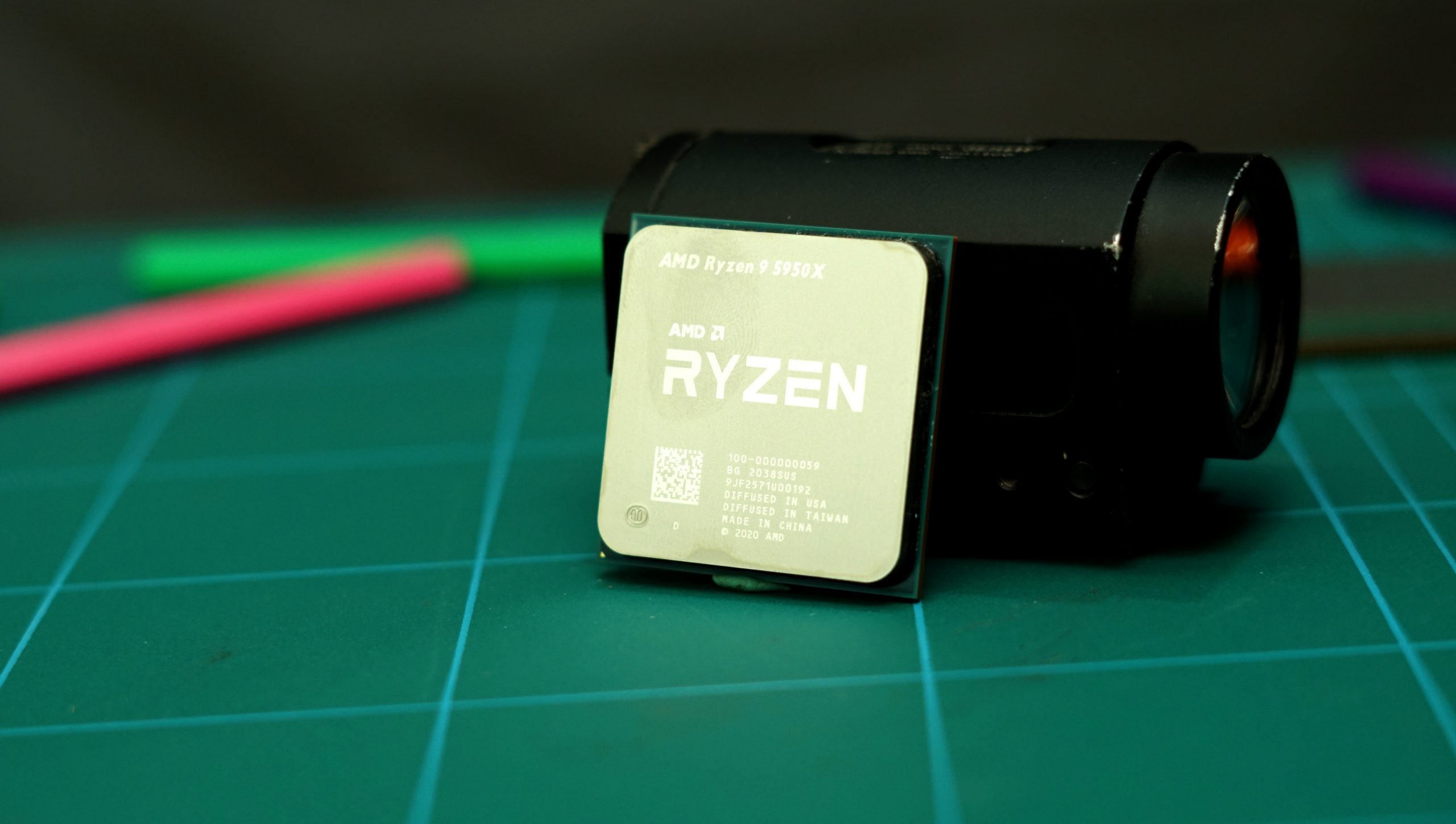
As for the processors that we’re reviewing in this article, the Ryzen 9 5900X is a processor with 12 cores and 24 threads, has a base frequency of 3.7GHz and a turbo frequency of 4.8GHz, while the Ryzen 9 5950X is a 16 core, 32 thread processor that has a base frequency of 3.4GHz and a turbo frequency of 4.9GHz. Both processors have 64GB of L3 cache, and both have a TDP of 105W.
AMD isn’t including their Wraith Cooler that came with their 3900X last year, as the company correctly summarizes that most people who are committed to buying these premium processors would opt for their own cooling solution instead. Zen 2 was very dependent on thermals when it came to boosting behavior which is also true with Zen 3 – you really ought to invest in an AIO with these new chips to get the most out of them.
Benchmarks and gaming
Time to put AMD’s claims to the test. Our test system consists of an ASUS ROG Crosshair VIII Dark Hero X570 motherboard, ASUS TUF RTX 3080 OC, 16GB of T-Force XTREEM ARGB 3200MHz memory, AORUS NVMe Gen4 SSD (2TB), and a Cooler Master ML240L AIO.
Unfortunately, I couldn’t source an Intel Core i9-10900K in time for this review, so a real apples-to-apples comparison with Intel’s equivalent offering isn’t possible. We are comparing the new processors to AMD’s own Ryzen 9 3900XT which is pretty close to performance in multi-threading anyway with Intel’s top-tier chip. I encourage you to take a look at other reviews that are going up at the same time to see AMD VS Intel comparisons, but from what I’ve heard from fellow reviewers that do have a Core i9-10900K for their review, things don’t look pretty.
Our non-gaming benchmarks are a mix of synthetic and real-life workloads, including Cinebench R20, Vray, Corona 1.3 as well as Handbrake H.265 encoding and GeekBench. Let’s take a look:
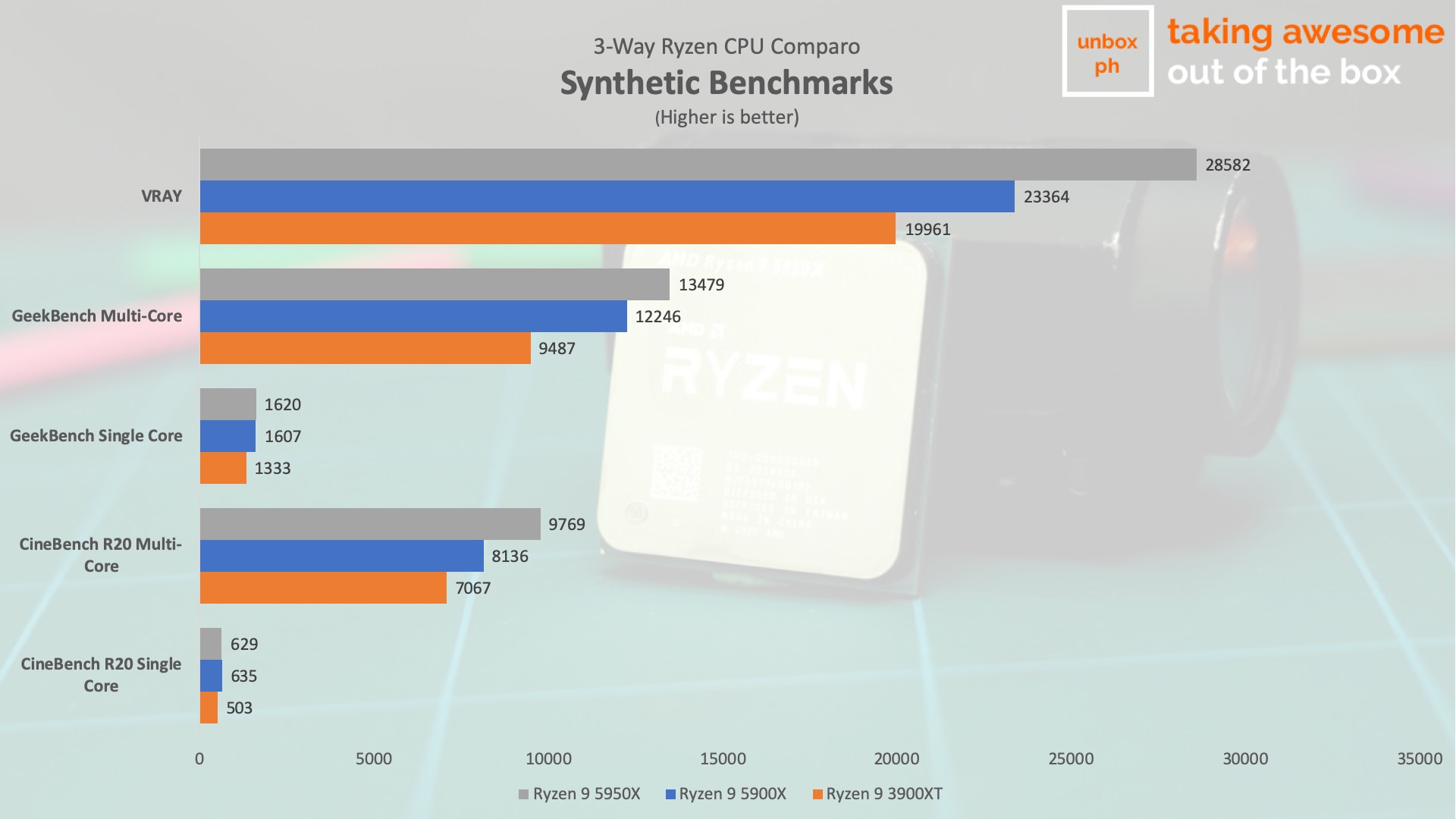
First off, the Ryzen 9 5900X has a 26.2% increase in performance from the last generation Ryzen 9 3900XT for its single-core numbers, which has traditionally been AMD’s biggest weakness for its crop of processors. Multi-core performance uplifts are also at the double digits, with the Ryzen 9 5900X getting a performance uplift of 15.13% in that area too.
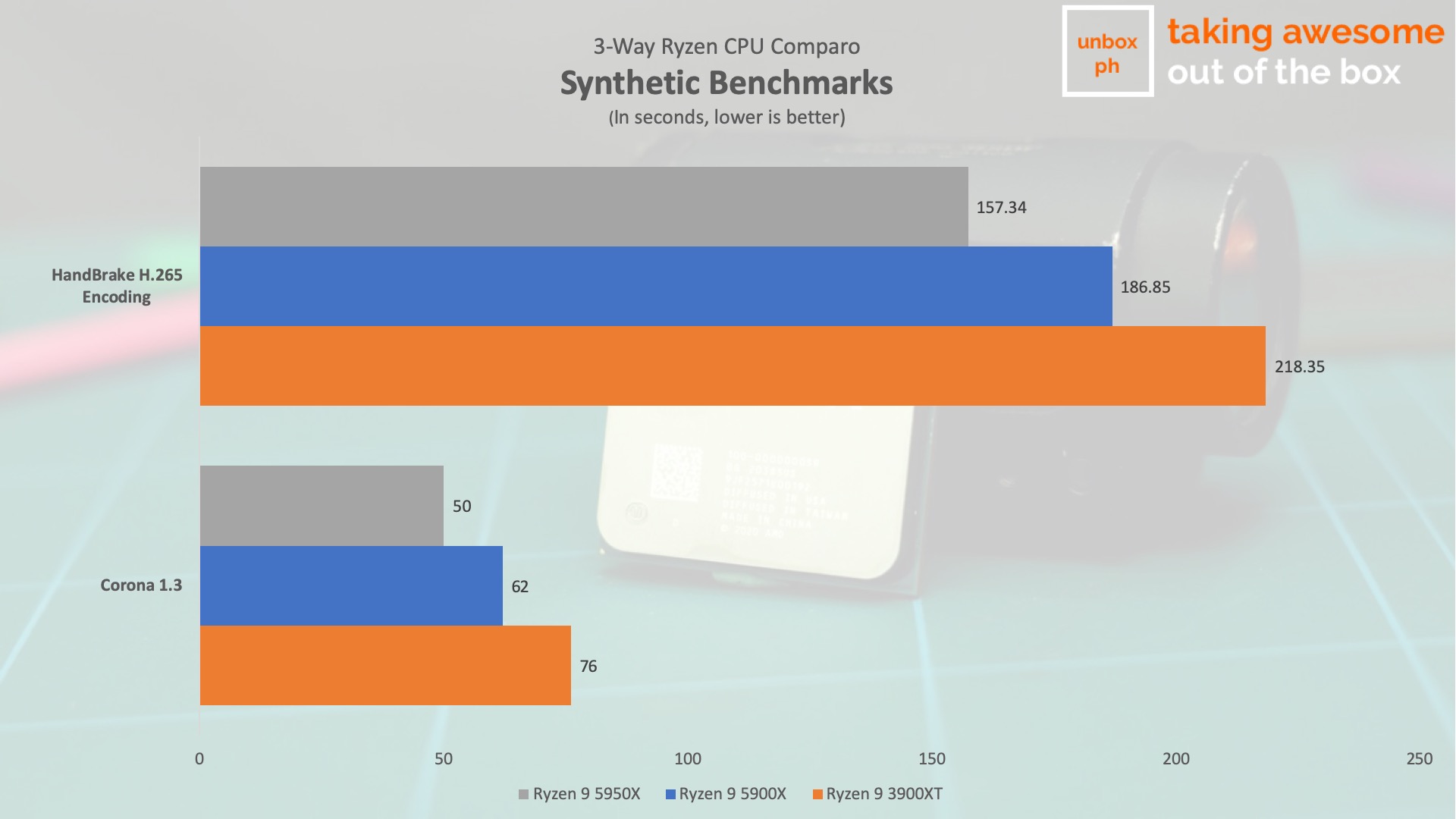
The Ryzen 9 5950X curiously has a lower IPC uplift for single-core performance from the Ryzen 3900XT considering it has a higher core and thread count. It does pull away though in multi-core performance (recording 38.2% gains in performance VS the 3900XT) because of the sheer number of cores available.
That’s pretty much the same story in rendering benchmarks like Vray. The 5900X recording performance gains of 17% and the 5950X getting 43.2% increases for Vray.
Our Handbrake encoding benchmark also shows how well the 5950X handles encoding tasks like these, leaving AMD’s 3900XT in the dust.
AMD’s gains in single-core performance really shine in gaming, especially compared to the Ryzen 9 3900XT. Testing games in full HD shifts the bottleneck to the CPU and not the GPU, so you can really see how much FPS improvement you’re getting. Let’s take a look at the results:
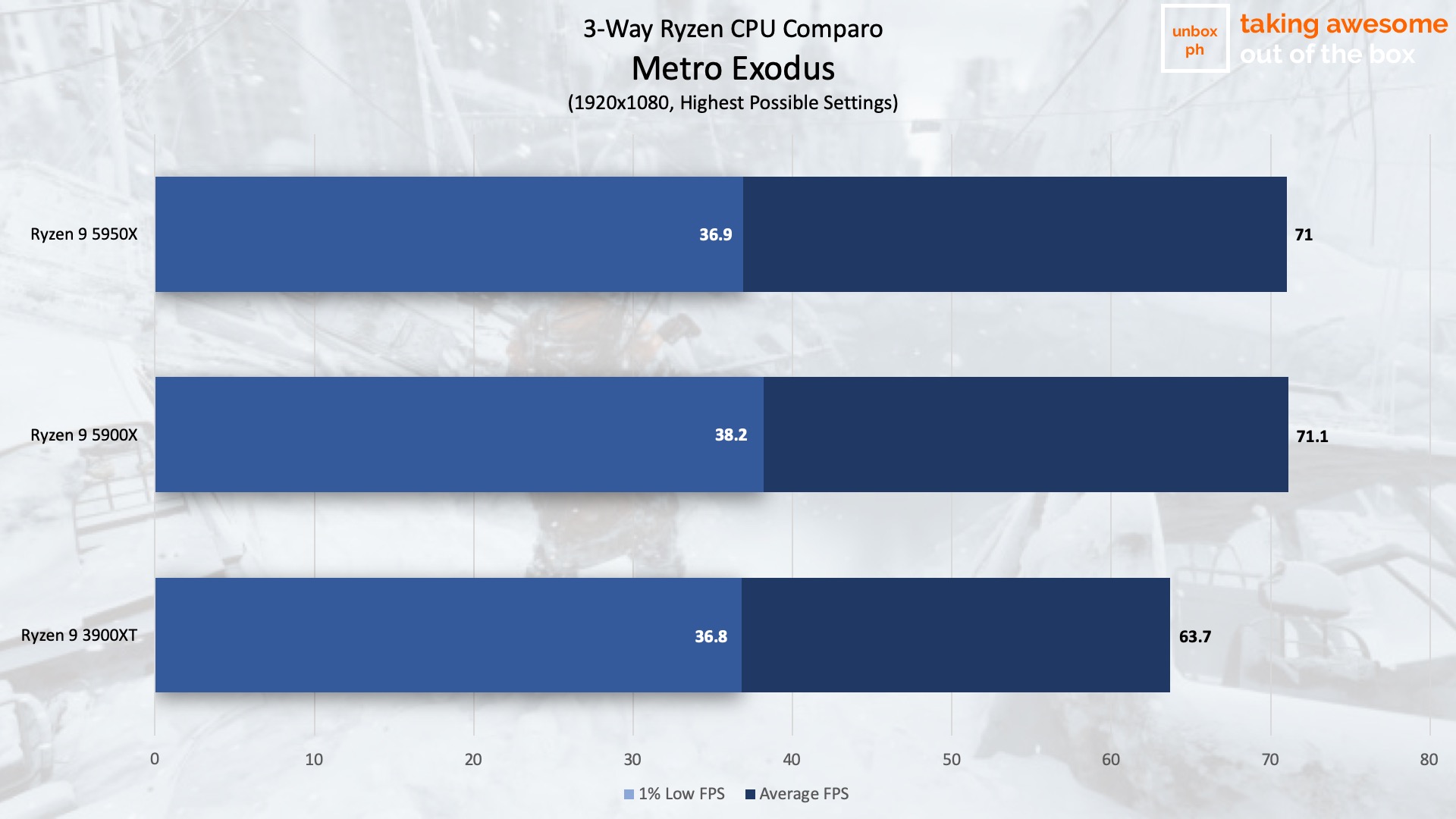
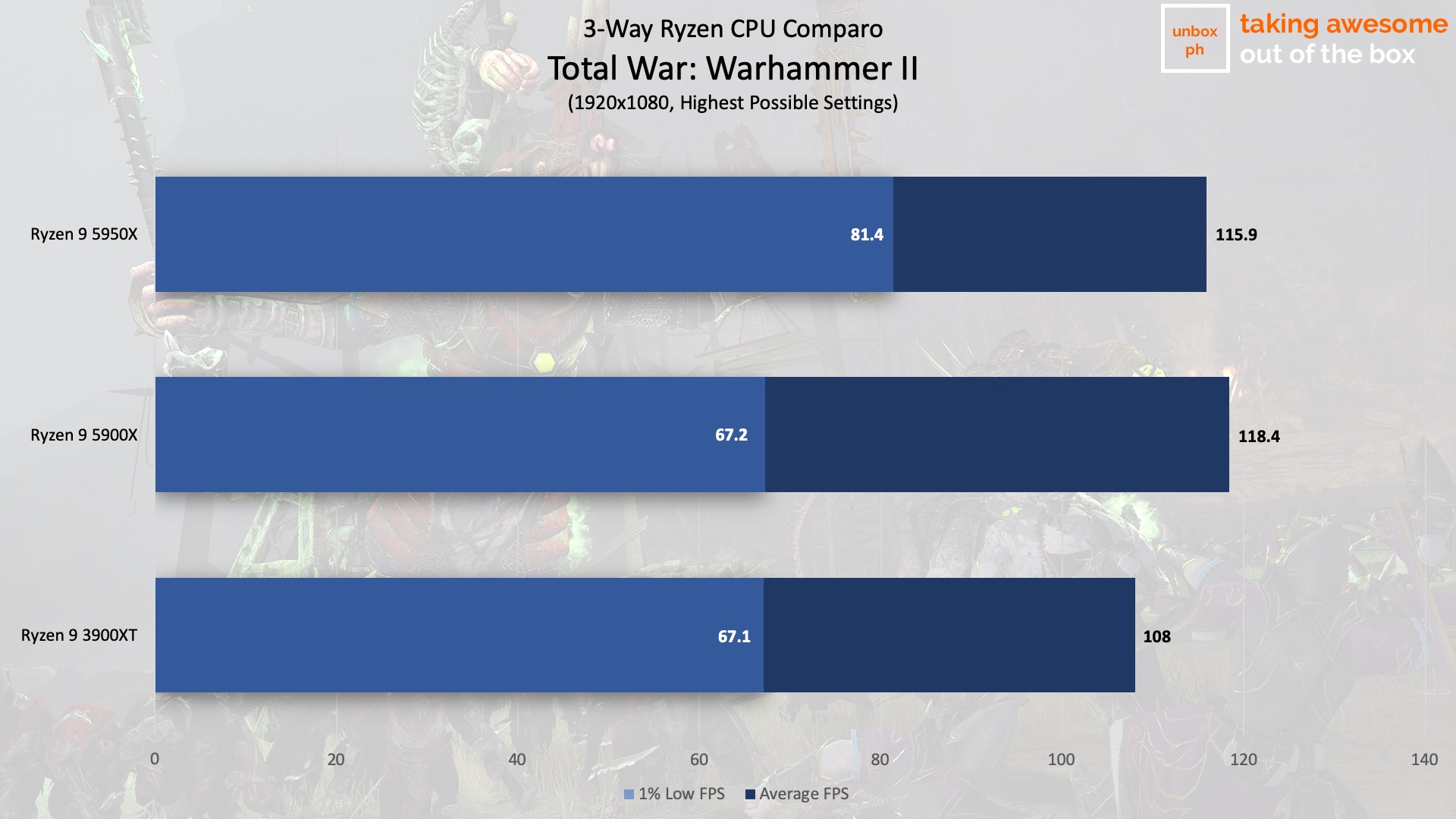
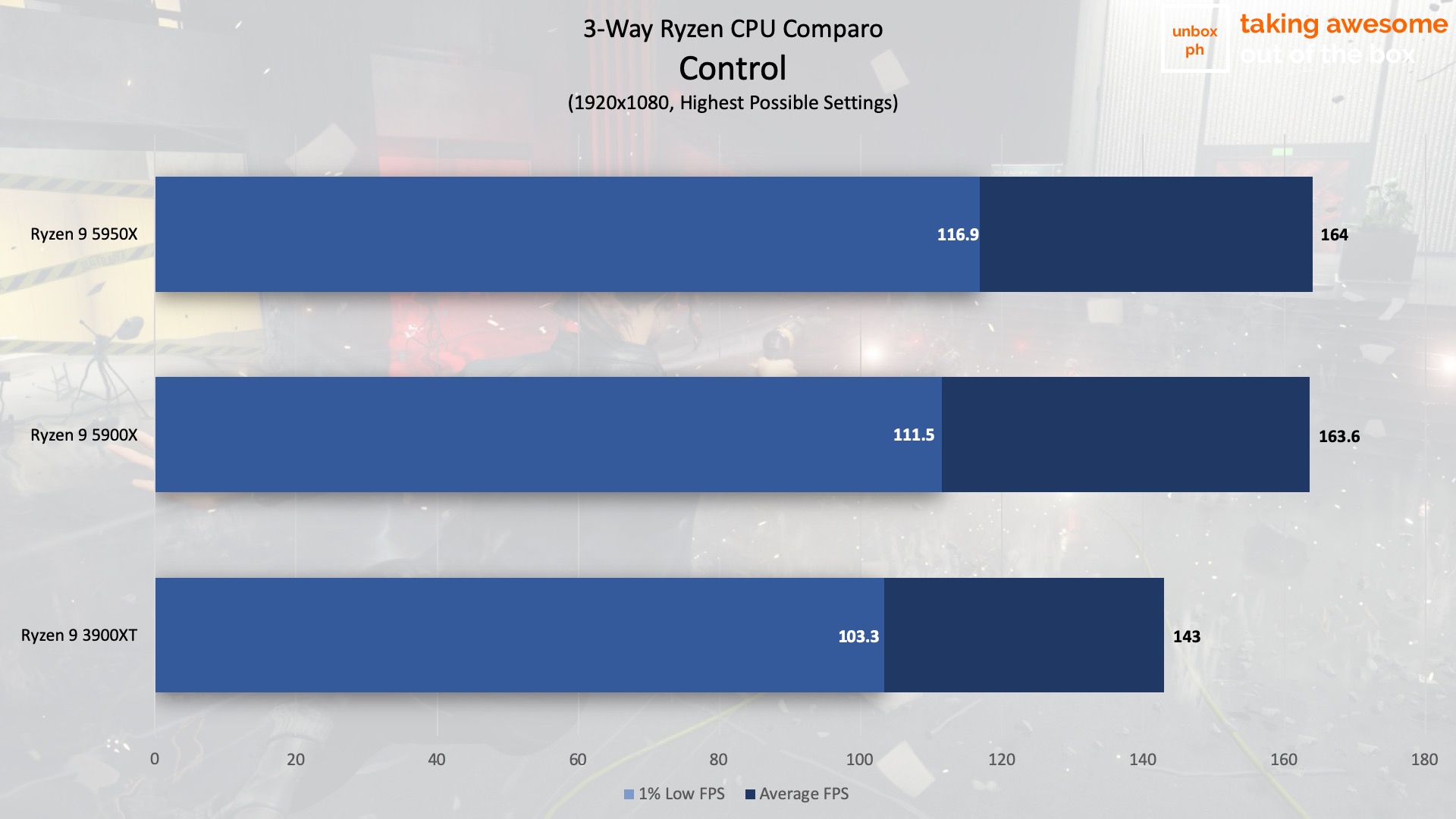
Gaming improvements vary from game to game, but it seems like you’re really getting the most performance for gaming with the Ryzen 9 5900X, which is why it’s the one being marketed heavily by AMD as the best processor for gaming applications. We managed to record at the very least a 10% increase in FPS performance from the Ryzen 9 3900XT with the Ryzen 9 5900X, though gains go as high as 29% if you’re rounding up.
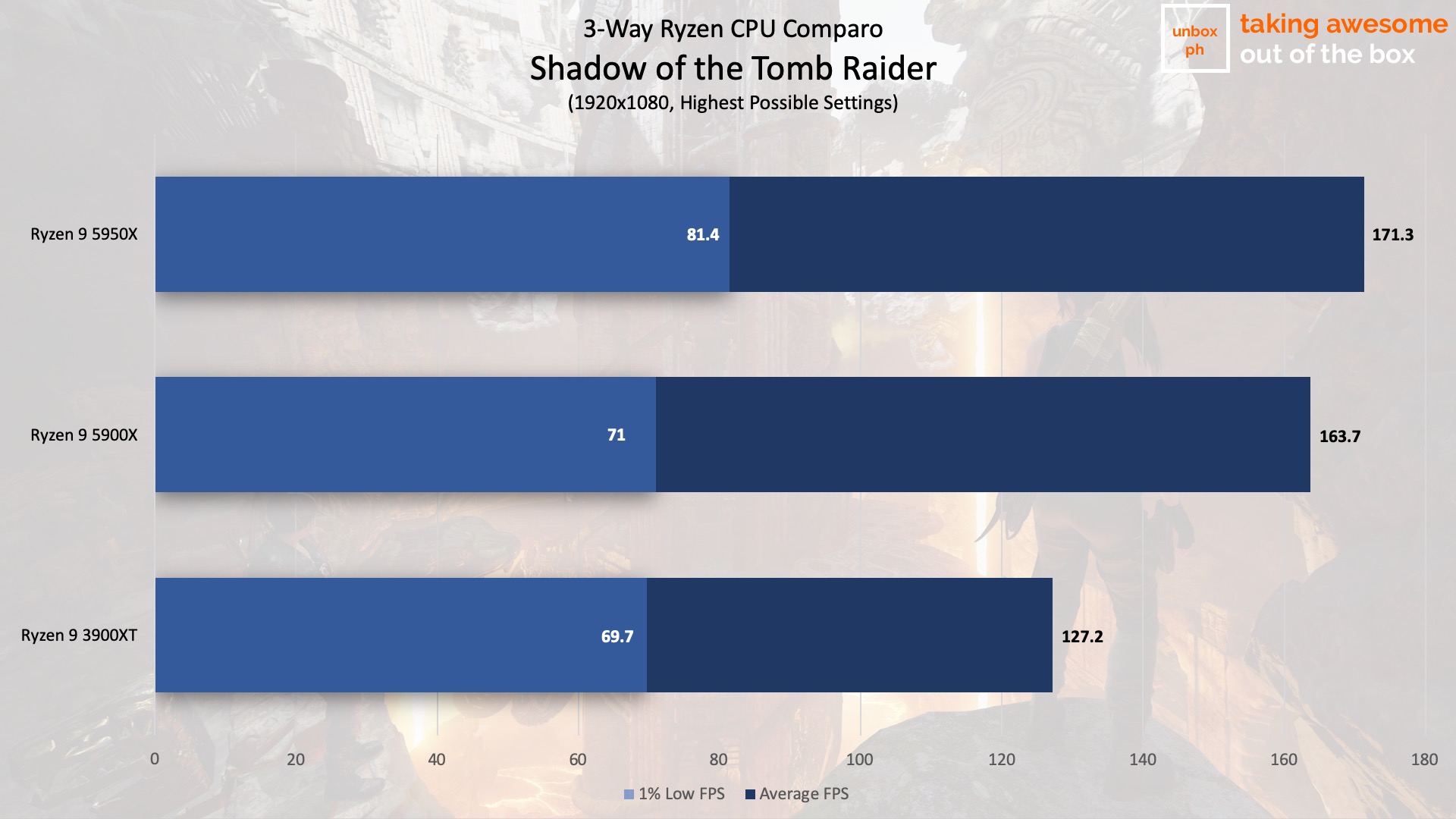
Don’t count out the Ryzen 9 5950X though, as it trades blows with its brother in gaming, though ultimately it’s only roughly equivalent to the performance of the Ryzen 9 5900X (and loses out on some games). That’s not exactly unexpected though, since AMD is putting the Ryzen 9 5900X front and center as their gaming-focused chip.
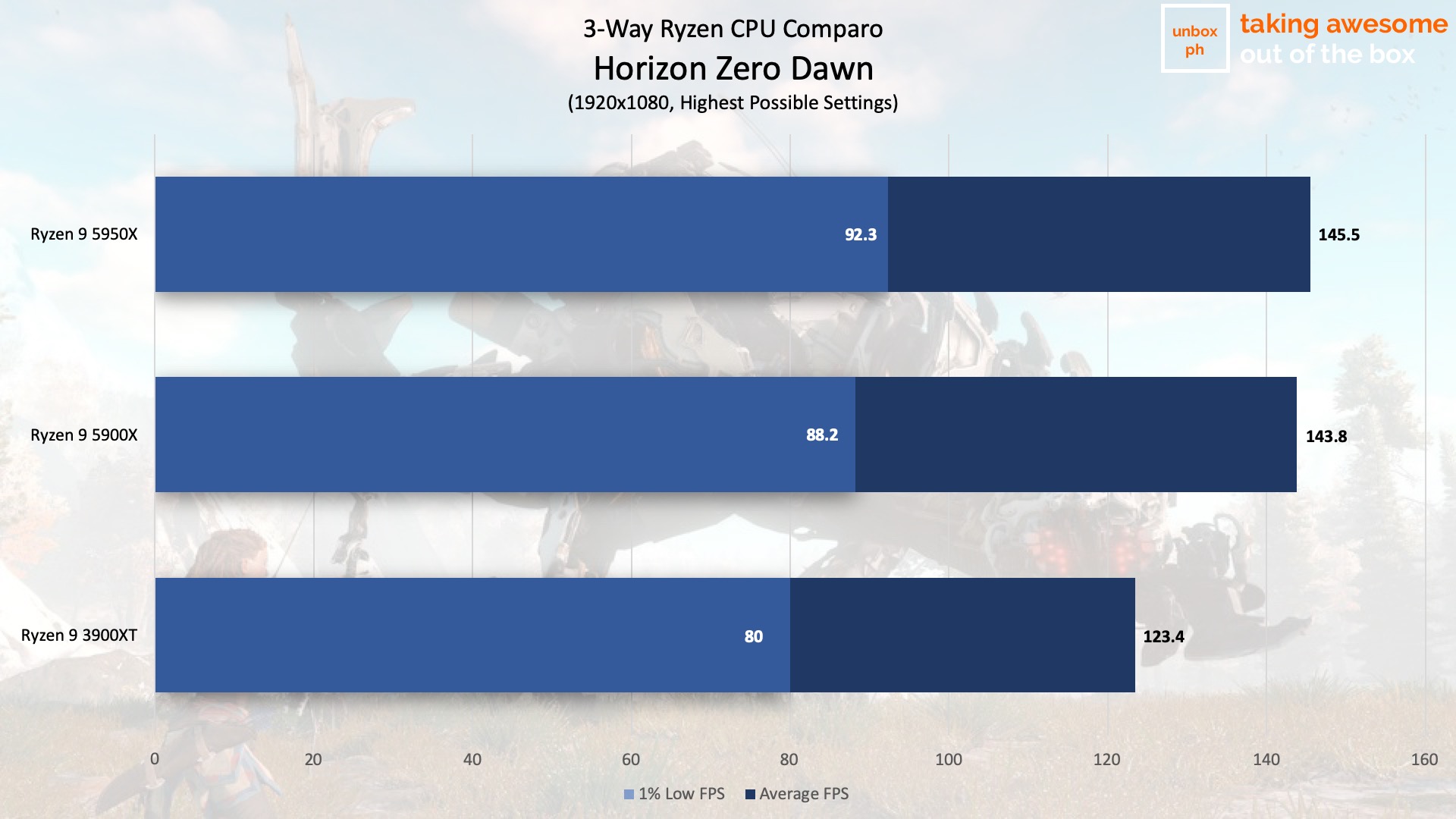
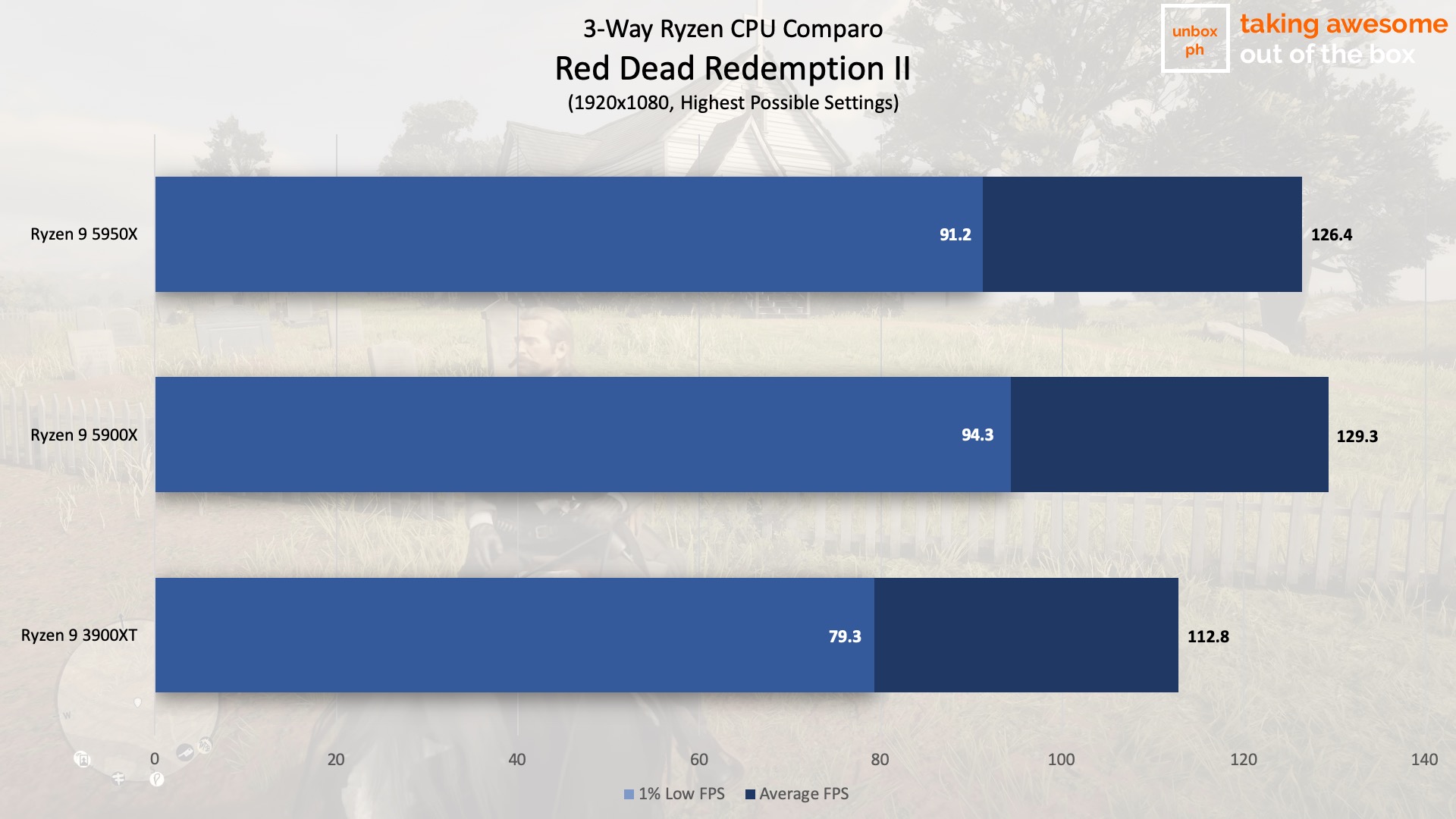
It’s clear that AMD’s new Ryzen 5000 series have taken the gaming crown, but that’s not all. AMD’s promising even better gaming performance when their Ryzen 5000 series of processors are paired with their upcoming Radeon RX 6000 series of GPUs, as well as a 500 Series motherboard, through Smart Access Memory. In a nutshell, SAM allows the processor to fully access the memory of a graphics card instead of the smaller chunks, which reduces latency and speeds up rendering times, which ultimately means more frames overall. We’ll have to test that claim once AMD’s new GPUs are available, but it’s another ace up the company’s sleeve in regards to keeping their gaming supremacy over Intel as far as processors are concerned.
Observed thermals from HWiNFO show the Ryzen 9 5900X maxing out to around 82 degrees celsius and stabilizing at around 75 degrees in a room that has a 30 degrees Celsius ambient temperature. The Ryzen 9 5950X ran a little cooler, hitting max temps of 78 degrees Celcius and settling in at around 72 degrees Celcius while gaming.
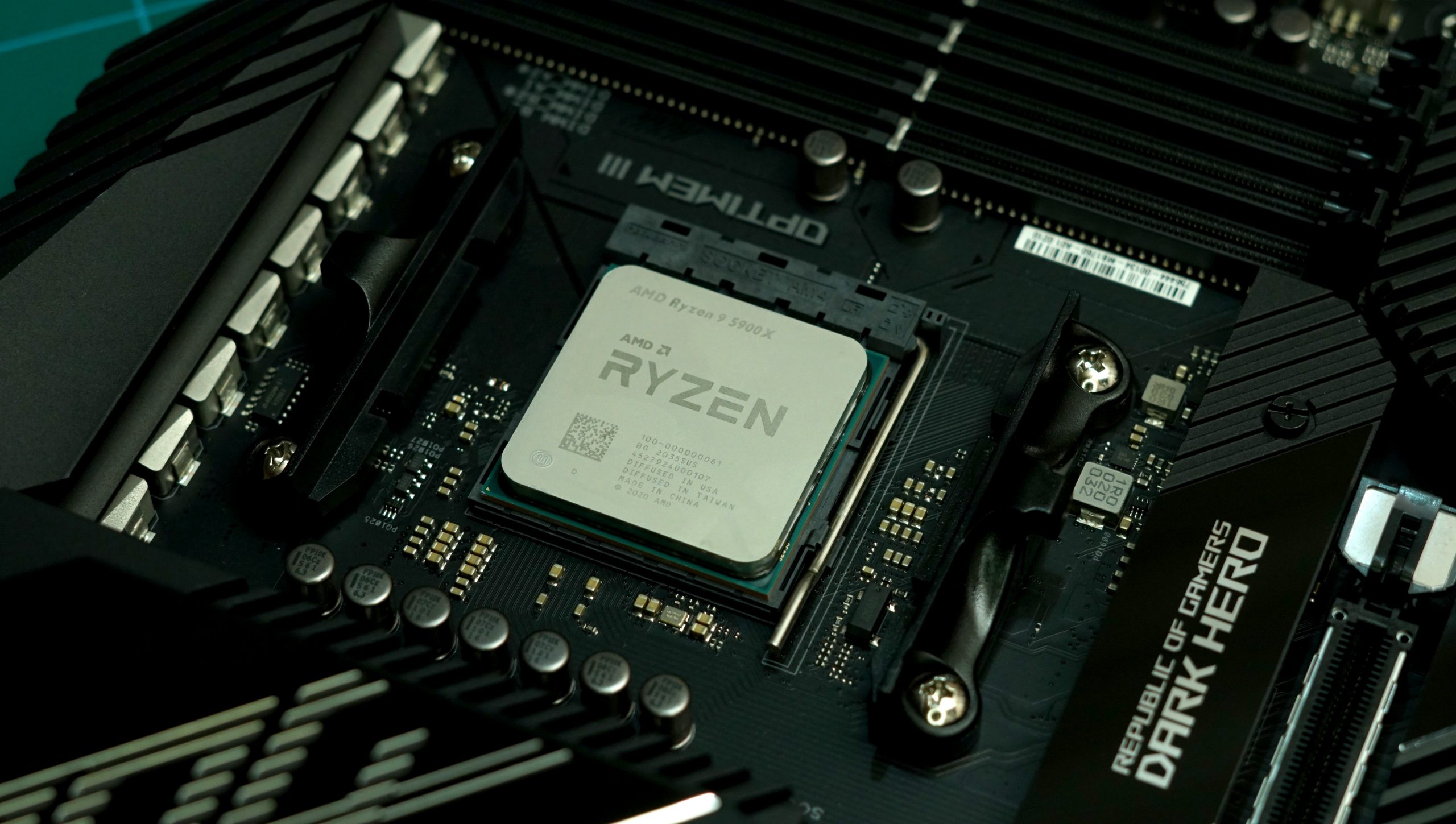
Wrap-up and conclusions
AMD’s new batch of processors based on the Zen 3 architecture is the best you can get today. If you’re a new system builder that’s looking to upgrade your main rig for the holidays and want the best processor for gaming, then you shouldn’t look further than the Ryzen 9 5900X.
Intel’s last bastion against its rival has been well and truly been obliterated, and AMD’s going to be holding onto this lead for a while. The blue team doesn’t have an effective counter for AMD’s new batch of processors until Q1 2021 at the earliest, and it’s not clear if they’ll be able to match the performance uplifts that AMD has achieved with their new chips.
The only issue with the new Ryzen 5000 series will be price and availability. The Ryzen 9 5900X gets a Php 30,250 SRP in the Philippines, which is a little higher than the original launch SRP of the Ryzen 9 3900X when it launched here last year. The Ryzen 9 5950X will get an even higher SRP of Php 44,900.
If you’re looking to build a new gaming PC this year, then the recommendation is clear: the time to switch to team Red is now. Doing anything else is just leaving performance on the table.






